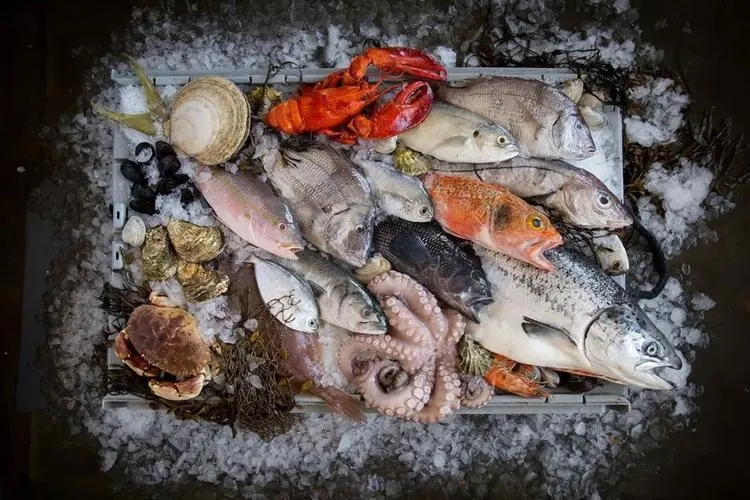Phospholipid Factory Quote, for Frozen Food
Time:2024-07-19
Phospholipids play a crucial role in frozen foods by providing anti-freeze properties and maintaining quality after thawing. They enhance the water retention capacity of frozen foods, stabilize the food structure, reduce losses after thawing, maintain texture, and delay oxidative spoilage.
Phospholipids can form complex colloids with water and fats, increasing and retaining moisture in frozen foods. This enhances the product's water retention capacity and quality. Improved water retention helps reduce ice crystal formation during freezing, thus minimizing moisture loss and texture changes after thawing.
In frozen foods, phospholipids serve as emulsifiers, stabilizers, and dispersants. They stabilize other components in the food, preventing structural damage caused by temperature changes and moisture migration during freezing. This helps maintain the integrity and quality of the food in its frozen state.
Adding phospholipids to frozen foods can reduce temperature rise losses and the risk of quality degradation after thawing. Their addition helps preserve the color, aroma, and taste of the food post-thaw.
The water retention capability of phospholipids helps reduce moisture loss during the thawing process, maintaining the food's moisture and texture. They also stabilize the food structure, reducing texture softening or hardening caused by melting ice crystals, thereby preserving the original texture and mouthfeel post-thaw. Additionally, phospholipids have excellent antioxidant properties, capturing free radicals in food and aiding the activity of antioxidant enzymes, which reduces the harmful effects of oxidation. This helps delay the oxidative spoilage process after thawing, maintaining the freshness and quality of the food.
Considerations
·Control of Additive Amounts: The amount of phospholipids added should be controlled to avoid excessive impact on human health. Generally, adding 1.5g-3g of phospholipids per 500g of product is appropriate.
·Storage Conditions: During storage and thawing of frozen foods, appropriate temperature and humidity conditions should be maintained to maximize the effects of phospholipids and minimize food quality loss.
·Thawing Methods: Using proper thawing methods also helps maintain the quality of frozen foods after thawing. For example, air thawing or running water thawing methods can be used. However, care should be taken to avoid prolonged thawing times or excessively high temperatures.
Phospholipids significantly contribute to frozen foods by enhancing water retention, stabilizing food structure, and reducing losses after thawing. Proper control of additive amounts and maintenance of storage conditions are essential to ensure their effectiveness.


 CN
CN





